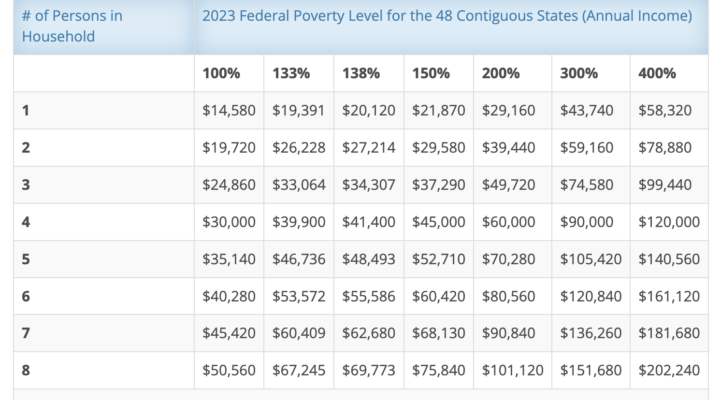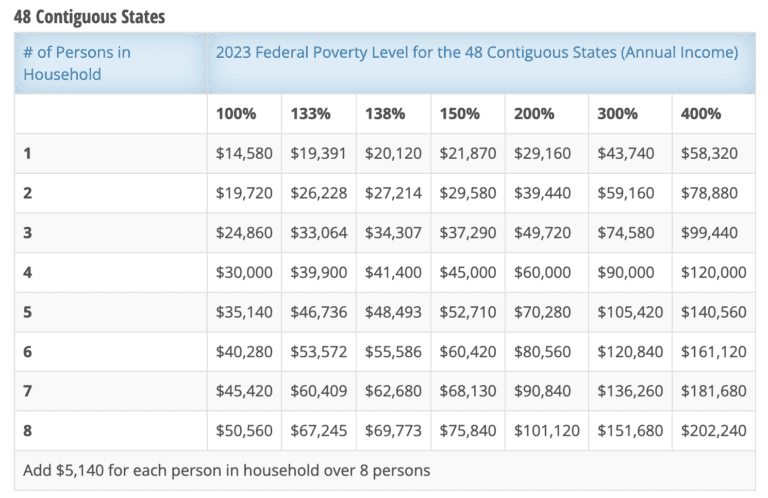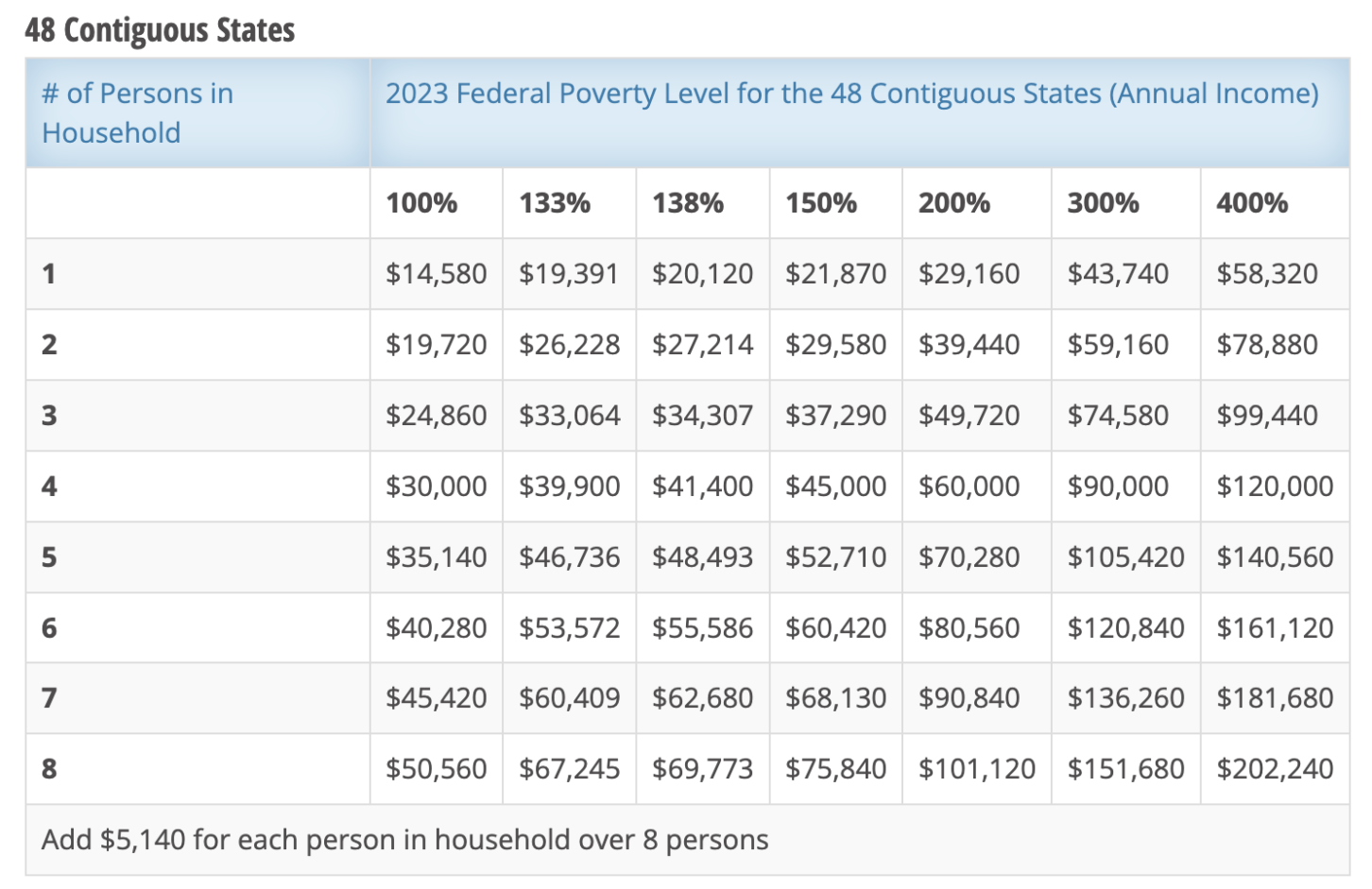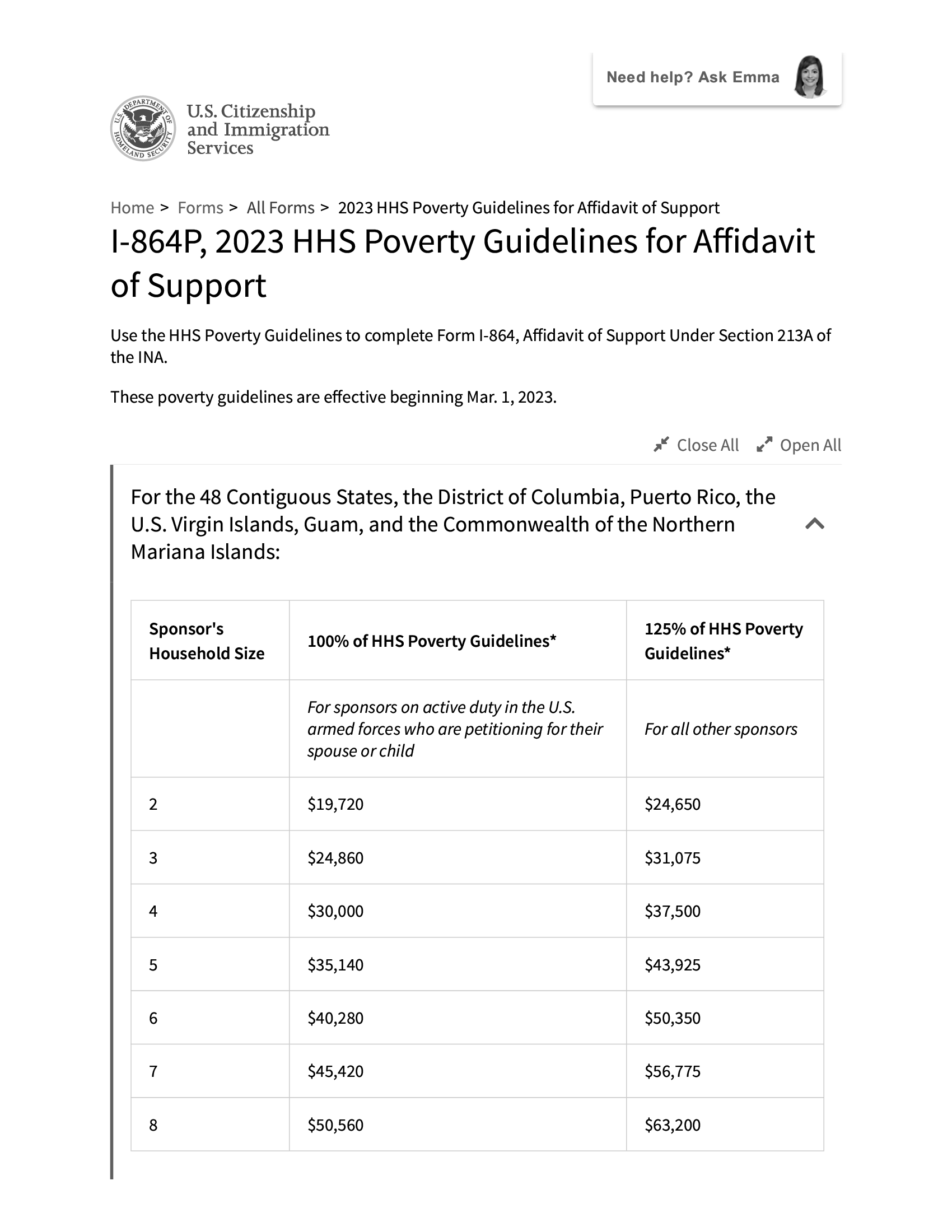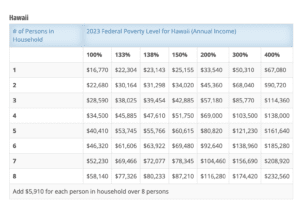Poverty is a pervasive issue that affects millions of people worldwide, and understanding its scope and impact is crucial for developing effective solutions. In the United States, the Census Bureau plays a vital role in providing accurate and reliable data on poverty through its website,
Census.gov. One of the most valuable resources on the site is the
Poverty Data Tables, which offer a wealth of information on poverty rates, demographics, and related statistics.
What are Poverty Data Tables?
The Poverty Data Tables on Census.gov are a collection of tables that provide detailed information on poverty rates, income levels, and demographic characteristics of the population. These tables are based on data from the American Community Survey (ACS) and the Current Population Survey (CPS), which are conducted annually by the Census Bureau. The tables are updated regularly to reflect the latest available data, ensuring that users have access to the most current information.
Key Features of Poverty Data Tables
The Poverty Data Tables on Census.gov offer a range of features that make them a valuable resource for researchers, policymakers, and anyone interested in understanding poverty. Some of the key features include:
Poverty rates: The tables provide poverty rates for different demographic groups, including children, adults, and the elderly.
Income levels: The tables show income levels for different demographic groups, including median household income and per capita income.
Demographic characteristics: The tables provide information on demographic characteristics such as age, sex, race, and ethnicity.
Geographic data: The tables offer data on poverty rates and income levels for different geographic areas, including states, counties, and cities.
How to Use Poverty Data Tables
The Poverty Data Tables on Census.gov are easy to use and navigate. Users can select the specific tables they are interested in and customize the data to suit their needs. The tables can be downloaded in various formats, including CSV and PDF, making it easy to analyze and share the data. Additionally, the Census Bureau provides guidance on how to use the tables and interpret the data, ensuring that users can make the most of the information available.
Applications of Poverty Data Tables
The Poverty Data Tables on Census.gov have a range of applications, including:
Research: The tables provide a wealth of information for researchers studying poverty and its impact on different demographic groups.
Policymaking: The tables offer valuable insights for policymakers developing programs and policies to address poverty.
Advocacy: The tables provide data to support advocacy efforts aimed at reducing poverty and improving the lives of low-income individuals and families.
The Poverty Data Tables on Census.gov are a valuable resource for anyone interested in understanding poverty and its impact on different demographic groups. With their detailed information on poverty rates, income levels, and demographic characteristics, these tables offer a wealth of insights for researchers, policymakers, and advocates. By exploring the Poverty Data Tables, users can gain a deeper understanding of poverty and develop effective solutions to address this critical issue. Whether you are a researcher, policymaker, or simply interested in learning more about poverty, the Poverty Data Tables on Census.gov are an essential resource to explore.

